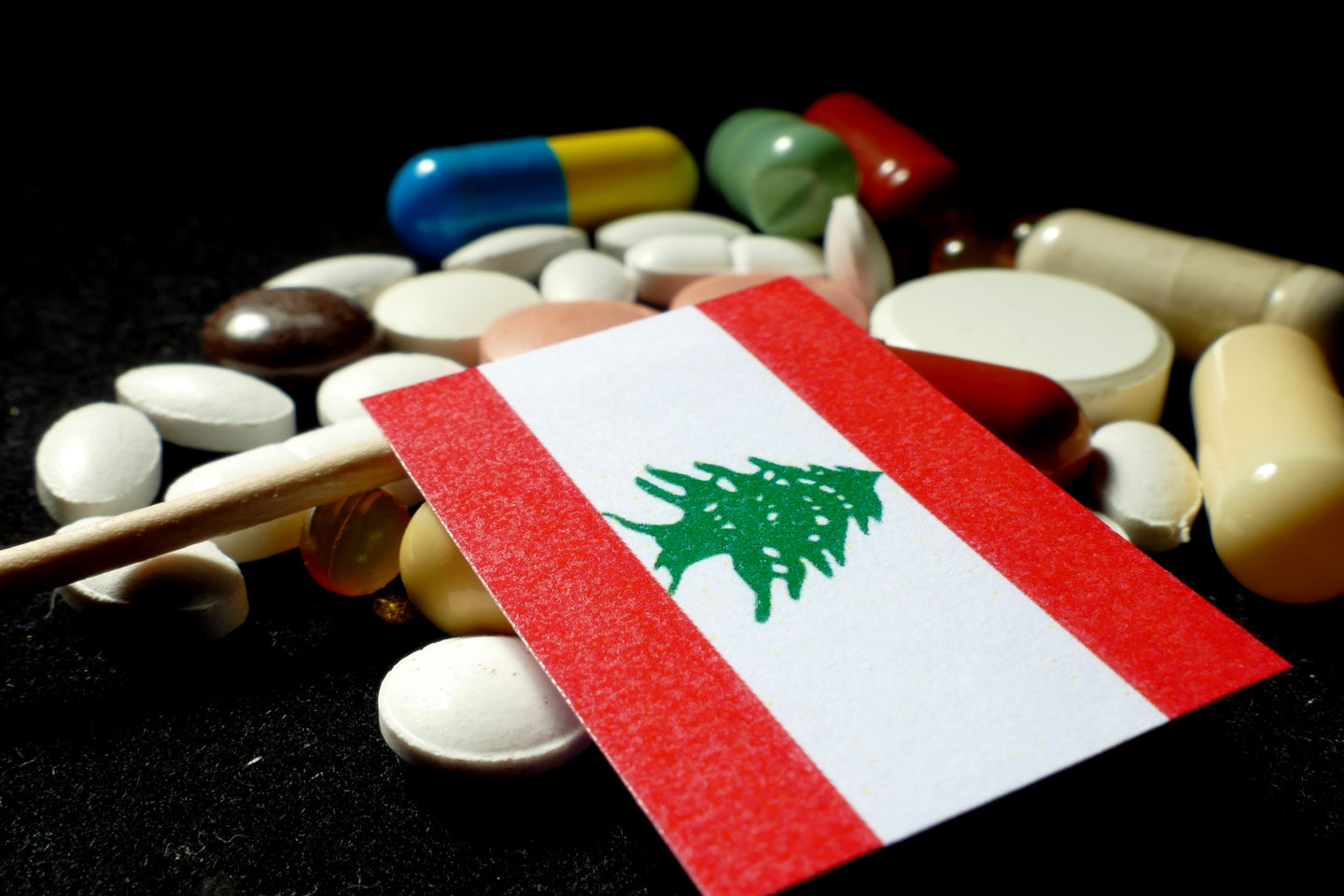“I had to work twelve-hour shifts, for seven days weekly in order to keep up with my son’s medication prices, which keep increasing every week. Only to later find out that, when I had the money, I could not find the drug. ” This was the story of Wafic, one more individual affected by the drug shortage and inflation. In this case, Wafic was looking for a drug to treat his schizophrenic son; however, he was unsuccessful, and similar cases to Wafic’s occur daily. Wafic and the many others who are affected by these circumstances are the inspiration to improve the pharmaceutical sector in Lebanon.
The team had the opportunity to discuss, although briefly, the current situation regarding the pharmaceutical sector in Lebanon with Mr. Karim Jbara, who is the head of medical imports in the country. During the sit-down, it was emphasized that Lebanon’s medical drug shortage issue stems from the currently unreliable subsidy system which is permeated with inefficiencies and compromises in the wrong instances. Hence, the team brainstormed on how to tackle issue by issue and proposed to implement a reform in the subsidy system, to target instead of medical drugs, the patients themselves. This ensures funding is reaching the right people, at the proper time, and improving the country’s overall access to medical drugs.
The shortage of drugs is a symptom caused by the current, unreliable, and inefficient subsidy system in effect until today. How so? At first, the decrease in funding, from $85 to 25 Million dollars dedicated to the import of medical drugs exacerbated the already-fragile system. Moreover, the dedication of 77% of the current budget to oncology drugs leaves little to subsidize other ailments such as hypertension, diabetes, psychiatric disorders, and other chronic diseases. What is the issue with prioritizing oncology drugs? Well, even though cancer is life-threatening and very much deserving of attention, it does not justify the neglect of chronic diseases. The reason is, chronic diseases might not seem fatal at first, but over the long run, without one’s due diligence, they develop into risky scenarios. For example, schizophrenic patients are likelier to become aggressive, and diabetics patients risk losing their vision or limbs. Hence, this allocation cannot be built as such, and there must be a better way to reach these people effectively, without compromising oncology spending. Lastly, the fact that biosimilar drugs at the same dosage, are subsidized at different price points and from different countries shows a lack of commitment to partition resources appropriately. It is not unheard of to renegotiate with partner countries during times of crisis, and at this point, the populace needs fewer brand options but richer diversity in treatment options.
The inefficiencies mentioned above are legitimate concerns, yet the aspect creating shortages is the unreliability of funding. Meaning that subsidies are not granted every month. Hence, pharmacies sell drugs in LBP, and at the limit stipulated by the Ministry of Health and must replenish periodically. However, there is no incentive to replace this medication in case it’s not subsidized, as it would be imported at its original price in dollars. This a loss for the pharmacies as even if allowed to be sold in dollars, prices are out of reach for locals. Even worse, Black-Market dealers exploit this shortage to profit over a greater margin, than that stipulated by the MOH.
After the team resumed the meeting with Mr. Jbara and brainstormed about the issue, it came to our attention that most of these inefficiencies and their consequences can be addressed by shifting focus to subsidizing patients instead of drugs. What justifies this idea is that funding on its own is not enough. For example, the USA is the greatest spender in healthcare but not necessarily the country with the best health indicators (e.g., life expectancy). Hence, the team proposed an app and database linking the patient, the MOH, and an international institution willing to grant funds aimed to subsidize people. Accordingly, importers and pharmacies will have a stable market to import to and sell. The government won’t need to stipulate prices monthly, and the populace, at any socioeconomic level, will be able to find and afford the medications desired.
Team members:
Lara Ezzedine
Tarek Riman
Yasmine Darwich
Joe Sayegh
Marwan Beik
Marita Matta
Mohammad Abdulrahman

0 Comments